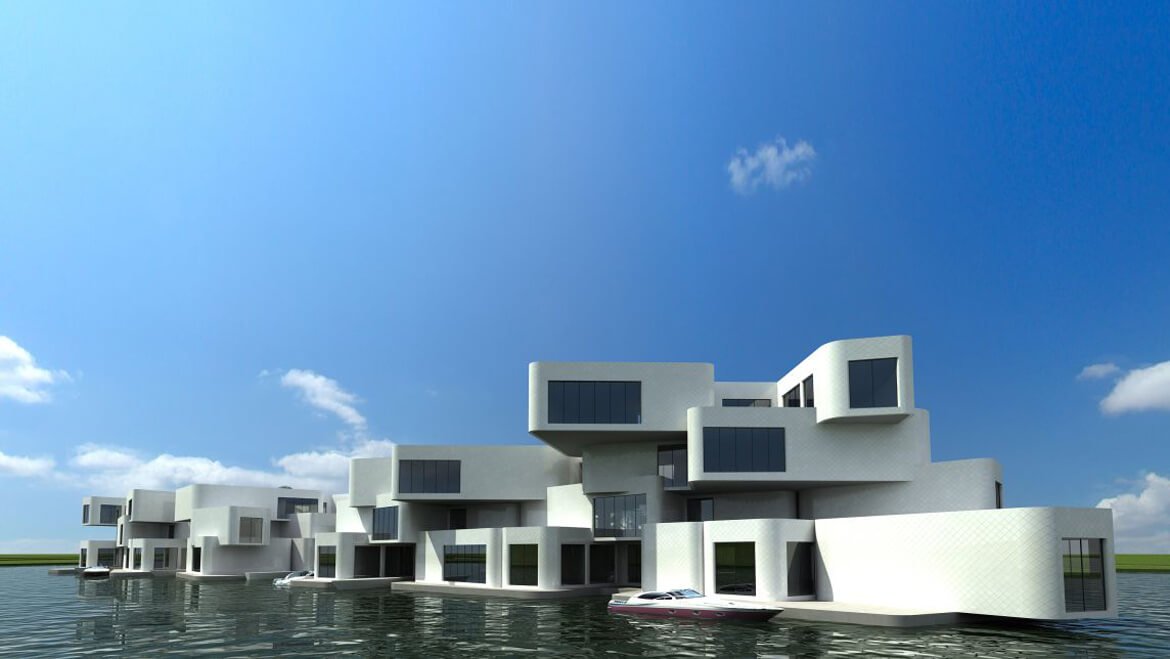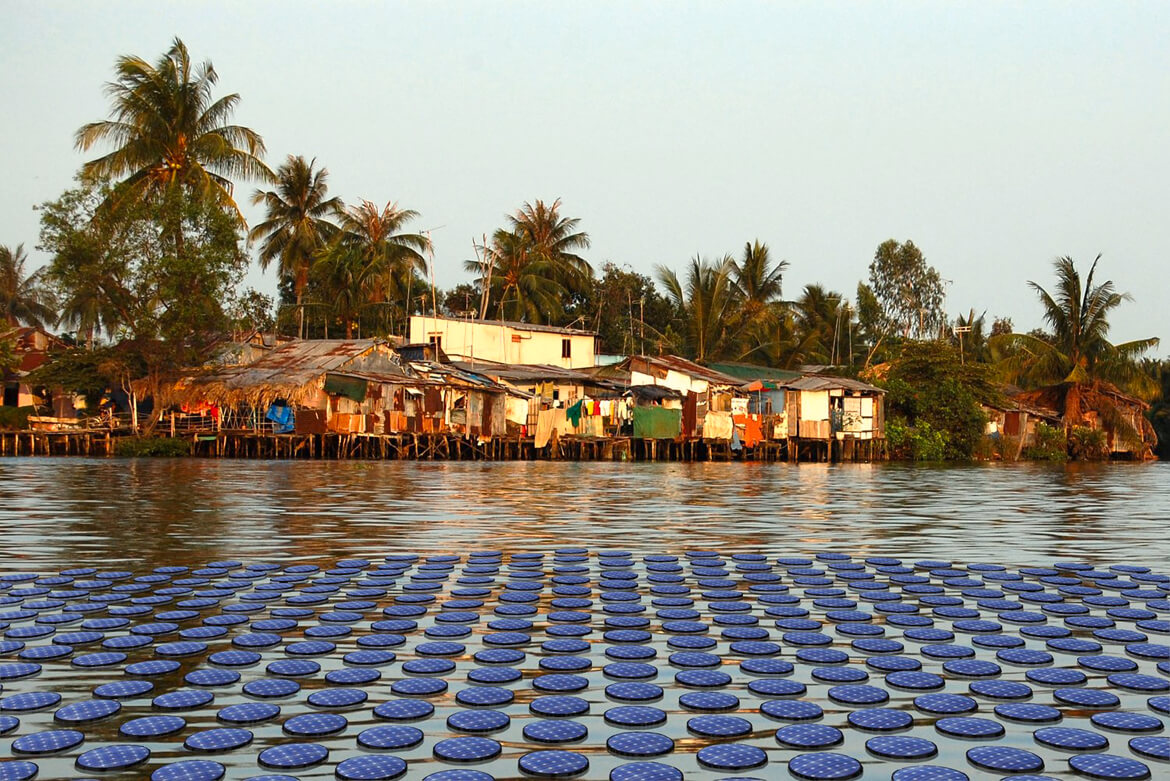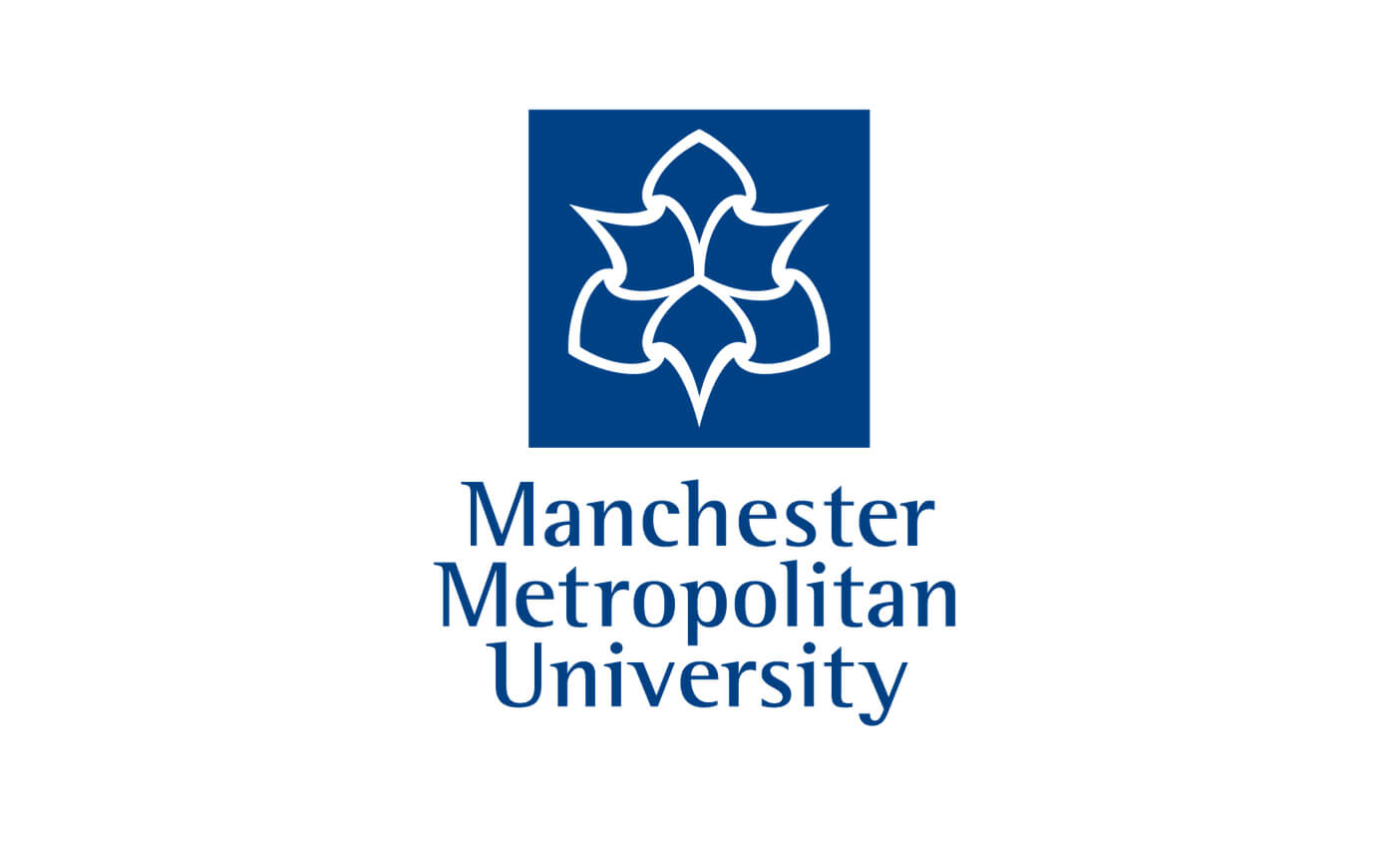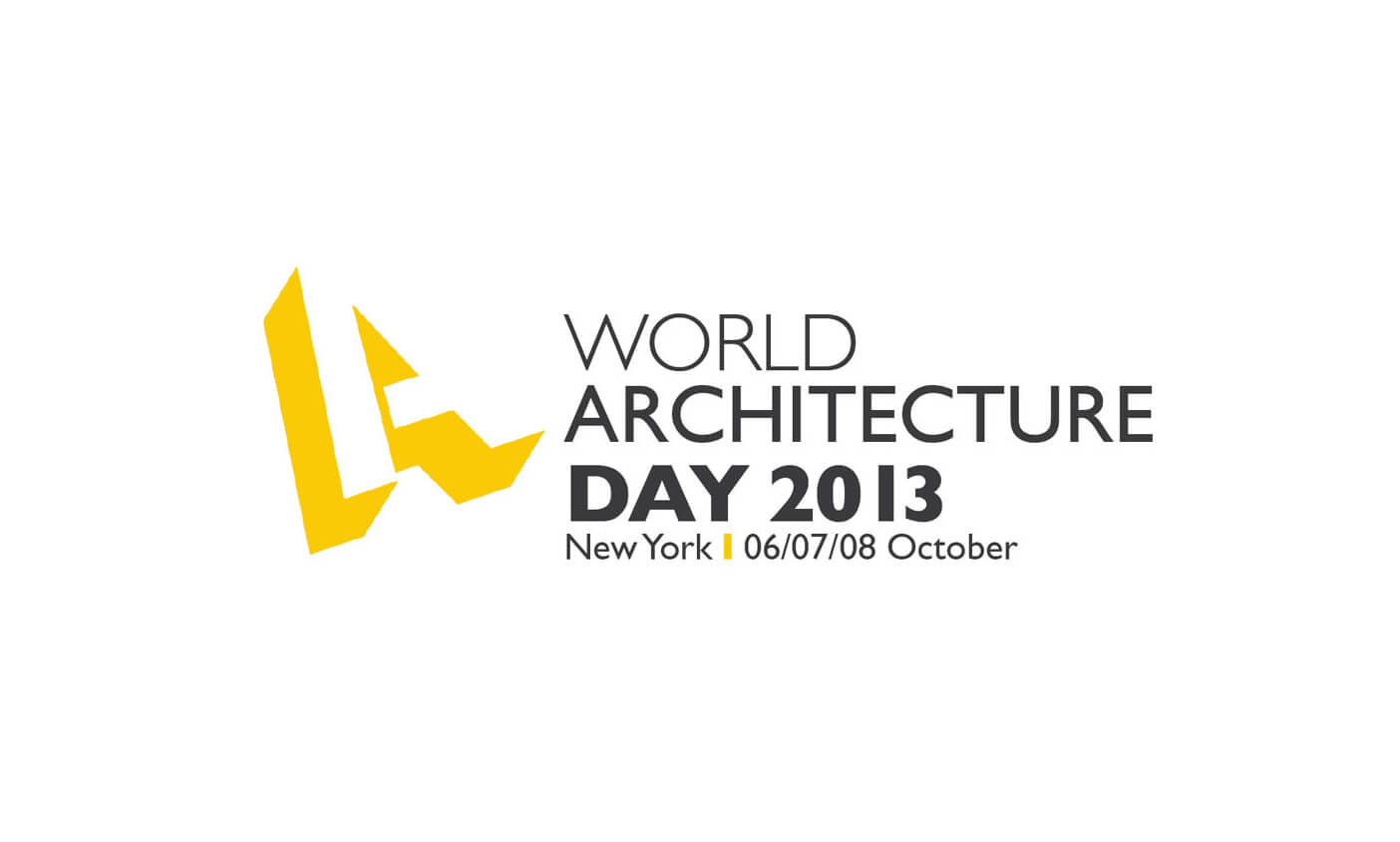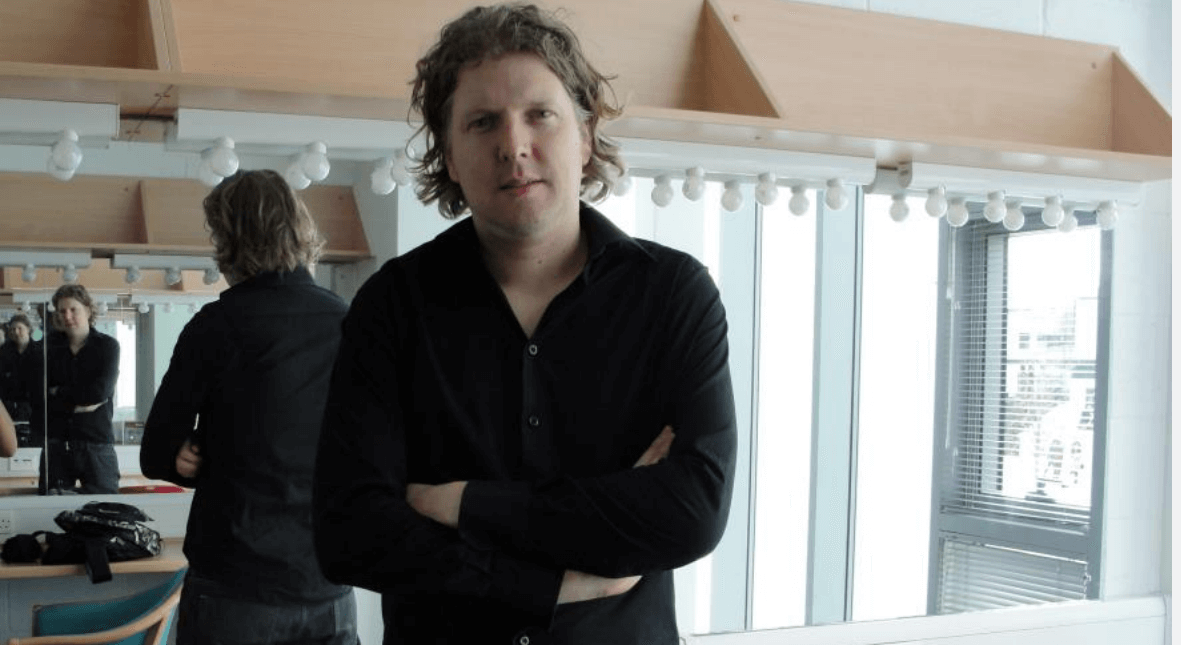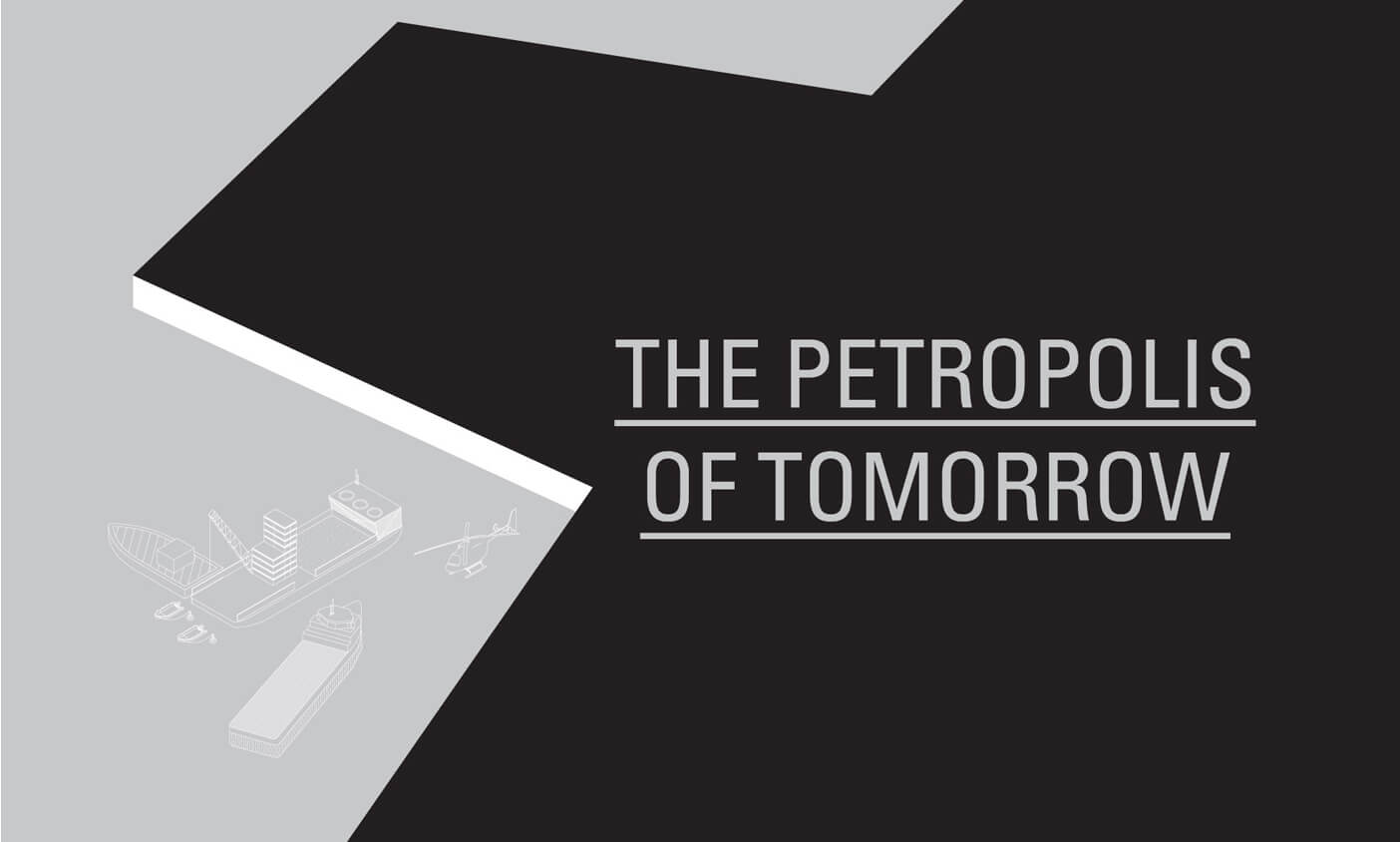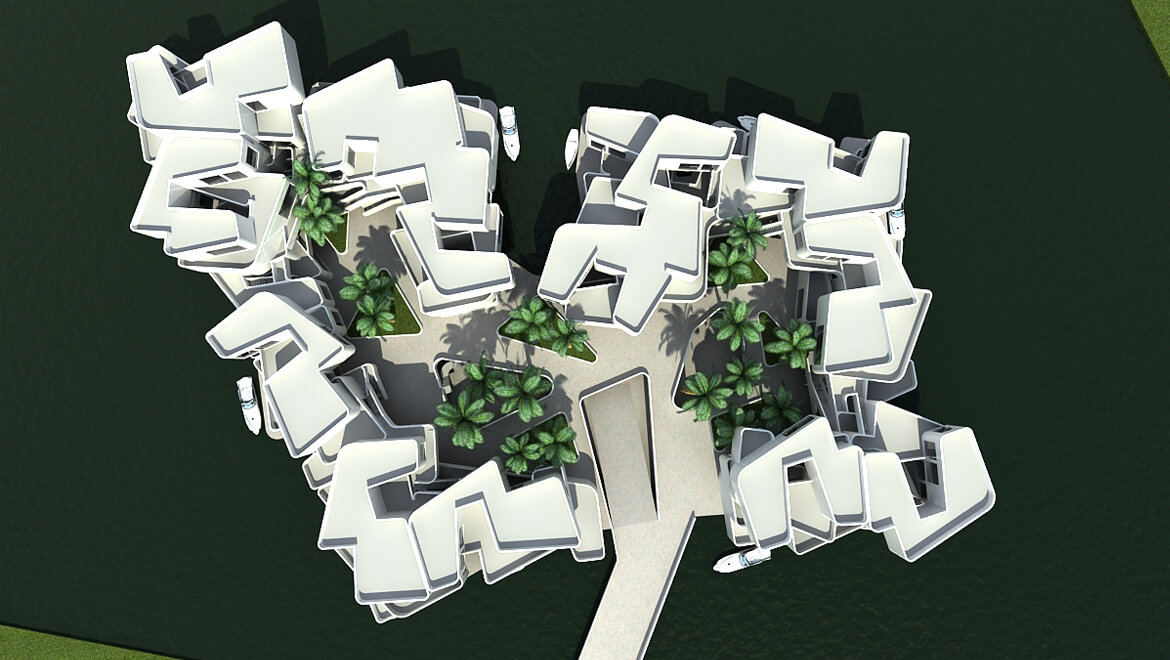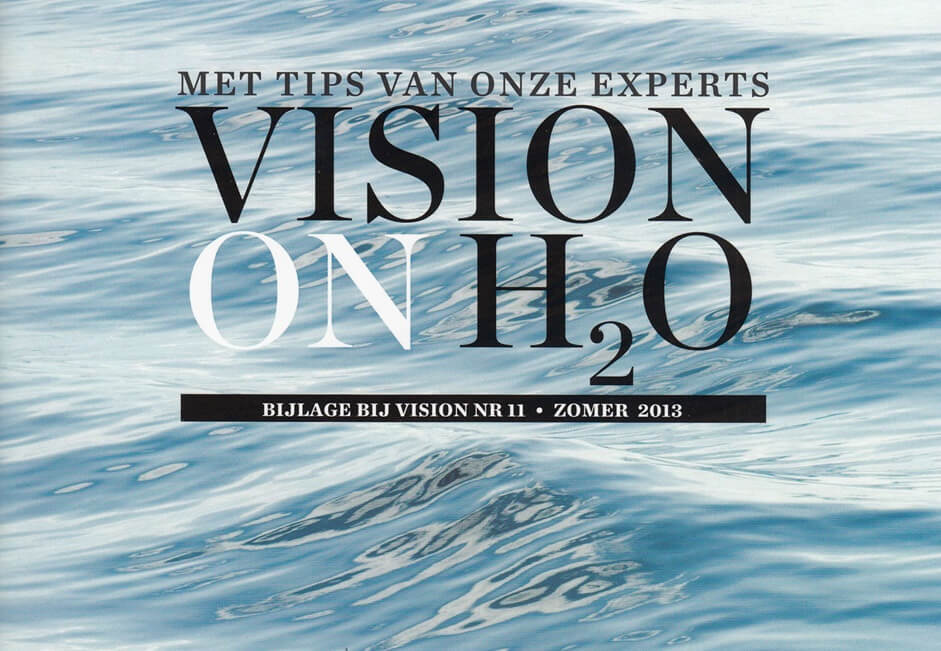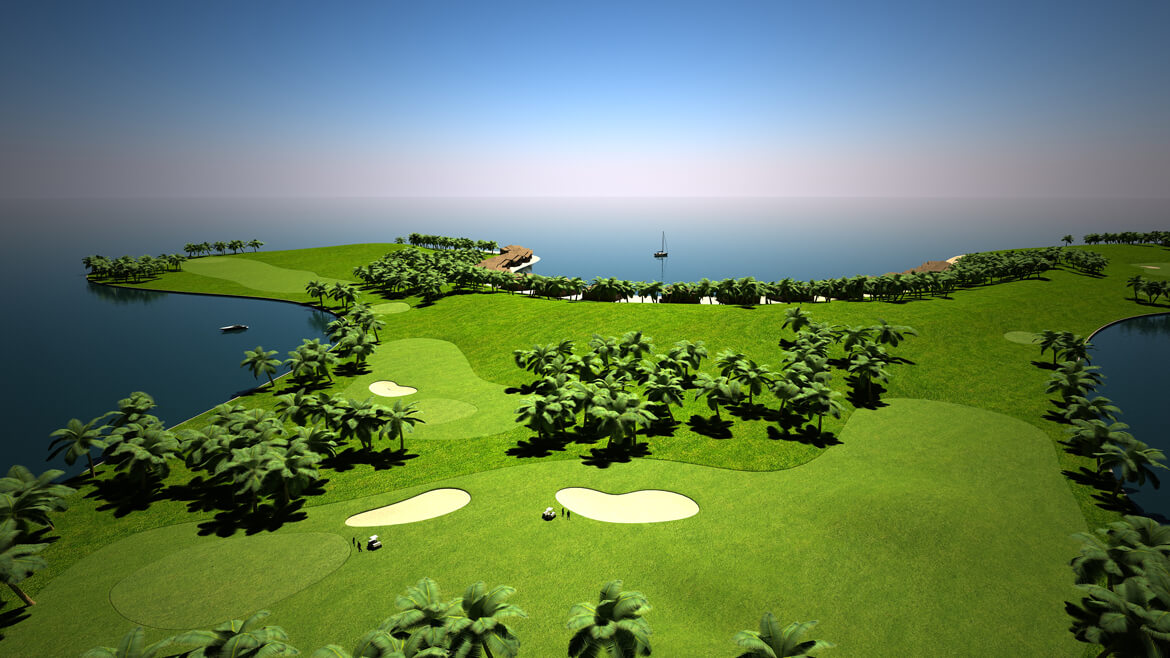Design workshop with Manchester University students
Waterstudio organized a valuable brainstorm session with students of the Manchester Metropolitan University for floating development concepts
Together with students of the Manchester Metropolitan University, Waterstudio organized a valuable brainsession. After an introduction in the work of Waterstudio the students were challeged to come up with new concept ideas for floating developments. The session resulted in some great ideas and we can say the workshop was a big success for both the University and Waterstudio.
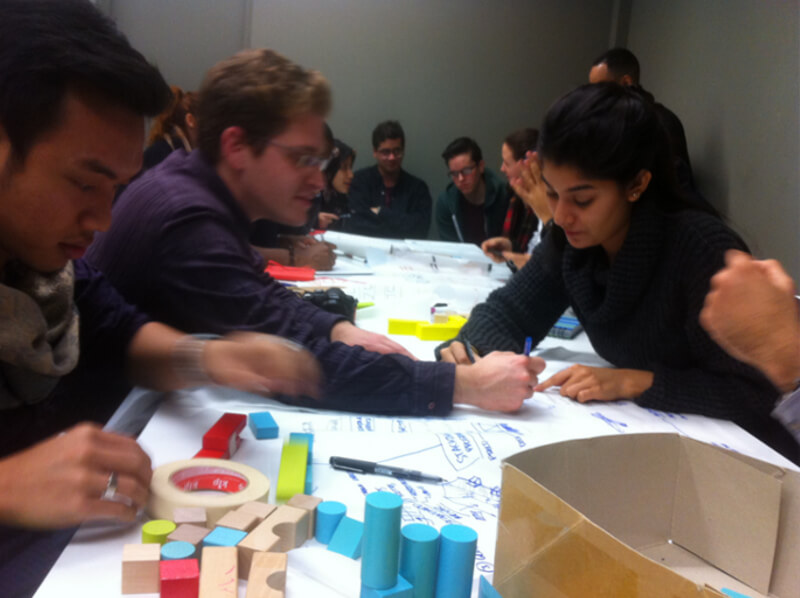
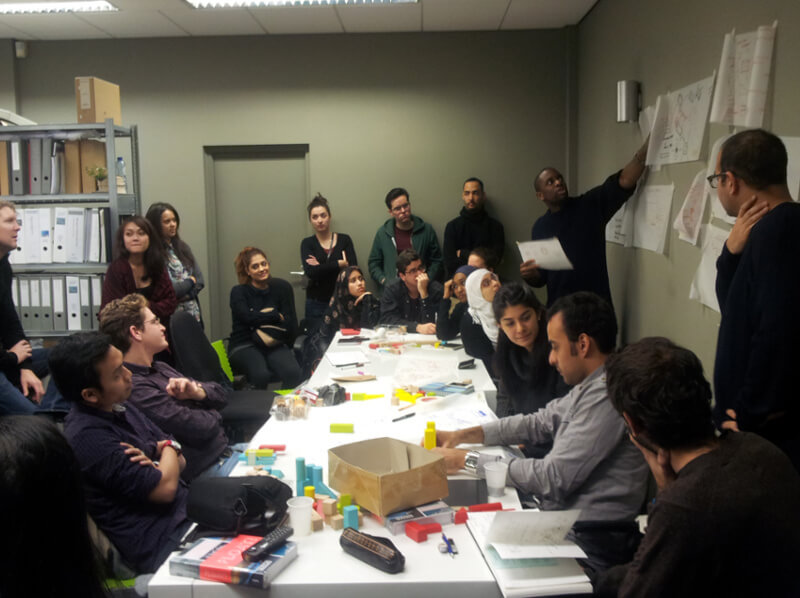
Float (flexible land on aquatic territory)
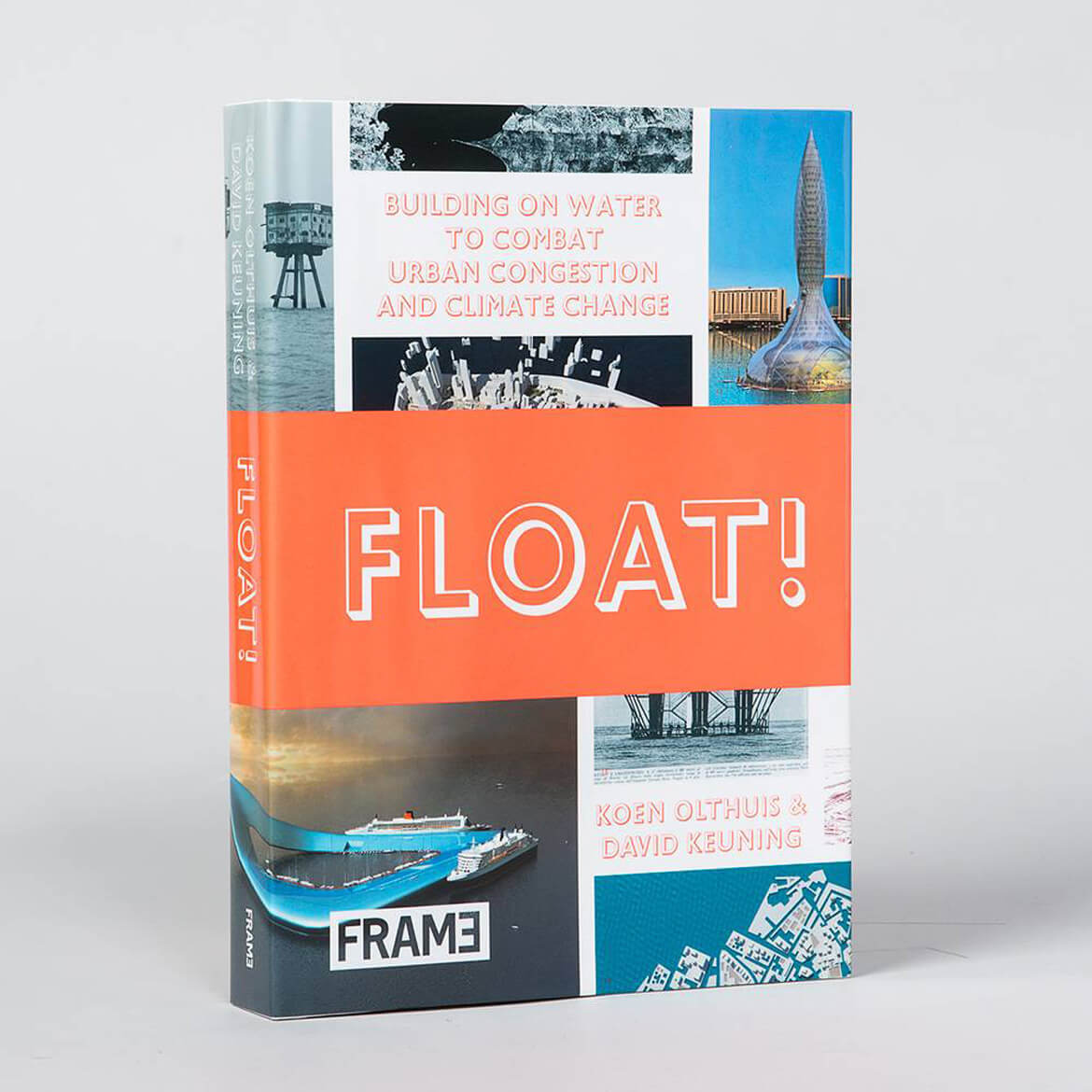
The 26th September in the Kaunas Architecture Festival, Waterstudio is invited to partecipate in the discussion on the significance and influence of water as natural element on the processes in the city.
18 Unique hotels from around the world

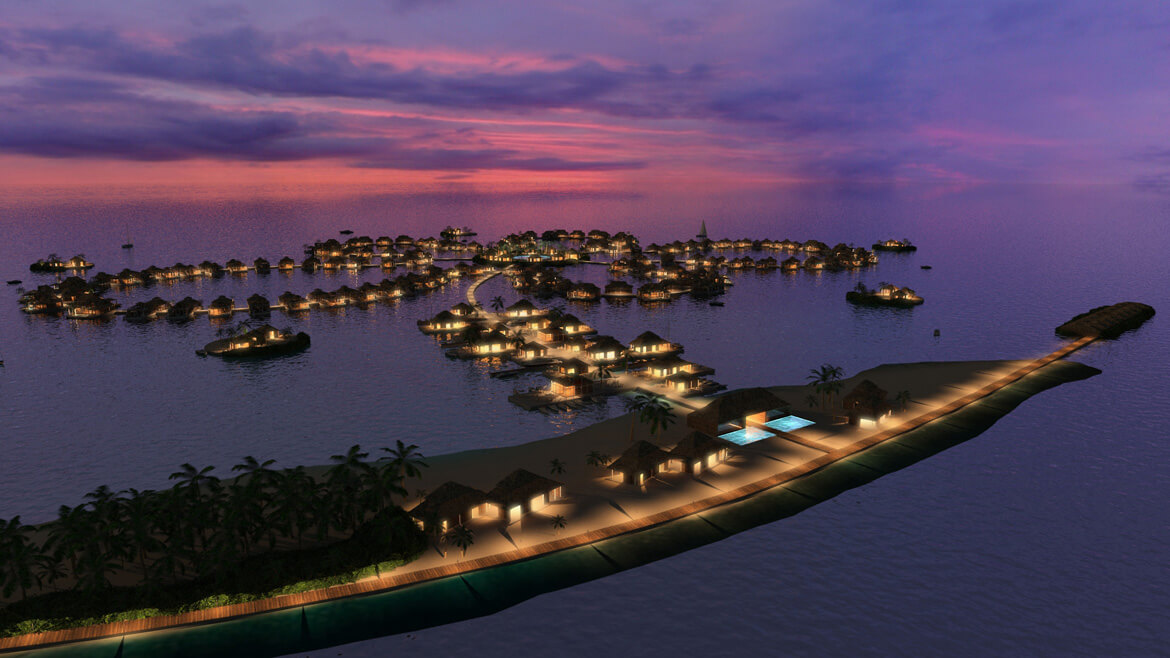
The world geography, Sep 2013
Some travelers think that the place where you lay your head on the road is just that – a place to sleep, or change clothes. But there are some trips where the accommodations are the main attraction. To the more daring traveler, the flower-quilted double bed and lacquered furniture of a typical hotel room is just plain boring. For the intrepid, quirky and adventurous globetrotter, here are 18 unique hotels from around the world.
(…)
9. The Ocean Flower, Maldives
The Ocean Flower, a pioneering development that takes its name from a typical Maldivian flower, is the first of five spectacular oceanfront developments in the Maldives. The Masterplan “The 5 Lagoons” is being developed by Dutch Docklands International in a joint venture with the government of the Maldives.
All developments are uniquely located in the most upmarket part of the Maldives, the North Male atoll, only 20 minutes by boat from the capitol of Male and the international airport.
The Ocean Flower offers an array of amenities such as a pristine beach, restaurants, shops, a diving centre, a spa, swimming pools and small private islands where you can relax or enjoy a picnic in the gentle ocean breeze. The spacious oceanfront villas are fully furnished, have spacious terraces and a private plunge pool and are just a short boat ride away from the international airport.
Nederlander wil drijvende steden aanleggen in VS
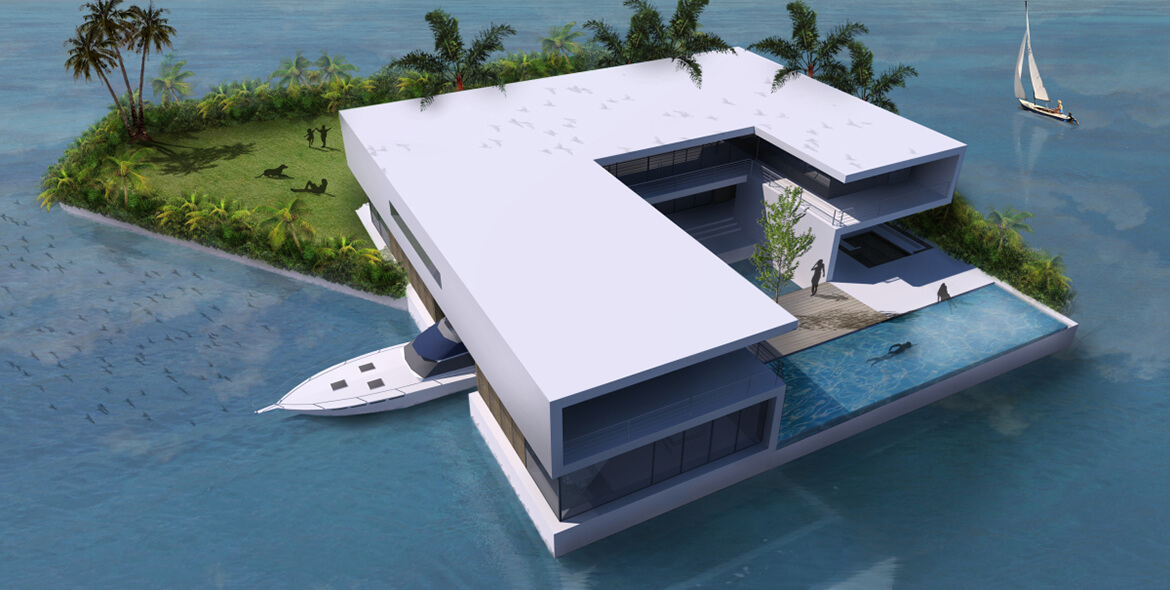
AD Haagshe Courant, Stijn Hustinx, Sep 2013
Een Nederlands bedrijf wil drijvende steden bouwen voor de kusten bij Miami en New York. Vandaag ontvouwt Dutch Docklands zijn plannen. ‘De bedoeling is dat nog dit jaar de eerste contracten worden ondertekend’, zegt Paul van de Camp van het bedrijf tegen het AD.
Dutch Docklands begint ‘klein’, vertelt Van de Camp aan het AD. ‘We hebben bij Miami net een meer van 75 hectare gekocht waar we zestien privé-eilanden willen aanleggen ter waarde van 200 miljoen dollar.’
‘Eilandfundering bestaat uit grote plateaus van schuim en beton’
Op termijn zou het concept kunnen uitgroeien tot compleet drijvende steden, met woningen, scholen, kantoren, winkelcentra en hotels. ‘In landen als Japan en Thailand bestaan drijvende steden al sinds mensenheugenis. Samen met onder meer TNO hebben we grote eilandfunderingen ontwikkeld. Het gaat om drijvende lichamen die bestaan uit grote plateaus van schuim en beton en die kun je zo veel als je wilt aan elkaar vastmaken. Dus of je nu één hotel op een klein drijvend eilandje wilt of een complete stad, het kan. Al zou ik het zeker niet simpel willen noemen. Het lastigste aspect is om de boel te stabiliseren.’
Naast kust Miami ook New York en New Jersey
Het Nederlandse bedrijf heeft niet alleen zijn oog laten vallen op de kustregio van het zonovergoten Miami, maar heeft zich ook gemeld in wereldstad New York en de staat New Jersey om daar drijvende eilanden te gaan bouwen. Plekken die vorig jaar nog hard werden getroffen door superstorm Sandy en het wassende water.
Het is niet zonder reden dat de Nederlanders zich juist hier melden. Op basis van recent onderzoek is een mondiale top 5 samengesteld van rijkste steden die het hardst getroffen zullen worden door de stijgende zeespiegel. Die werd eerder deze maand gepubliceerd door National Geographic. Op nummer 1 staat Miami, New York neemt de derde plek in op de ranglijst. Van de Camp zegt dat hij concrete gesprekken voert met instanties in Miami en New York. Hij verwacht dat nog dit jaar de eerste contracten worden ondertekend.
Minister Schultz van Haegen ook in New York
De ondernemer is niet de enige Nederlander die in de VS munt wil slaan uit de stijgende zeespiegel. Vandaag trappen minister Melanie Schultz van Haegen (Infrastructuur en Milieu) en haar Amerikaanse ambtsgenoot Shaun Donovan een tweedaagse conferentie in New York af, die gaat over kustbescherming.
Nederlandse bedrijven staan sinds superstorm Sandy vorig jaar toesloeg in de rij om New York te helpen te beschermen tegen het water. Dat gebeurde ook al in New Orleans, nadat orkaan Katrina daar in 2005 voor grote overstromingen had gezorgd.
Duurste golfbaan
Dutch Docklands wist een paar jaar geleden al de aandacht op zich te vestigen met de aankondiging van de duurste golfbaan ter wereld, ter waarde van 500 miljoen dollar (ruim 350 miljoen euro) bij de Malediven. Deze golfbaan omgeeft een drijvend stadje van enkele honderden woningen.
Hoewel er op papier al de nodige projecten zijn gelanceerd, krijgt het eerste nu ook echt concreet vorm bij de paradijselijke eilandengroep in de Indische Oceaan, die onder de zeespiegel dreigt te verdwijnen. Dutch Docklands gaat daar vijf lagoons ter grootte van de binnenstad van Delft volbouwen. De eerste wordt eind volgend jaar al opgeleverd.
Koen Olthuis speaks at World Architecture Day 2013
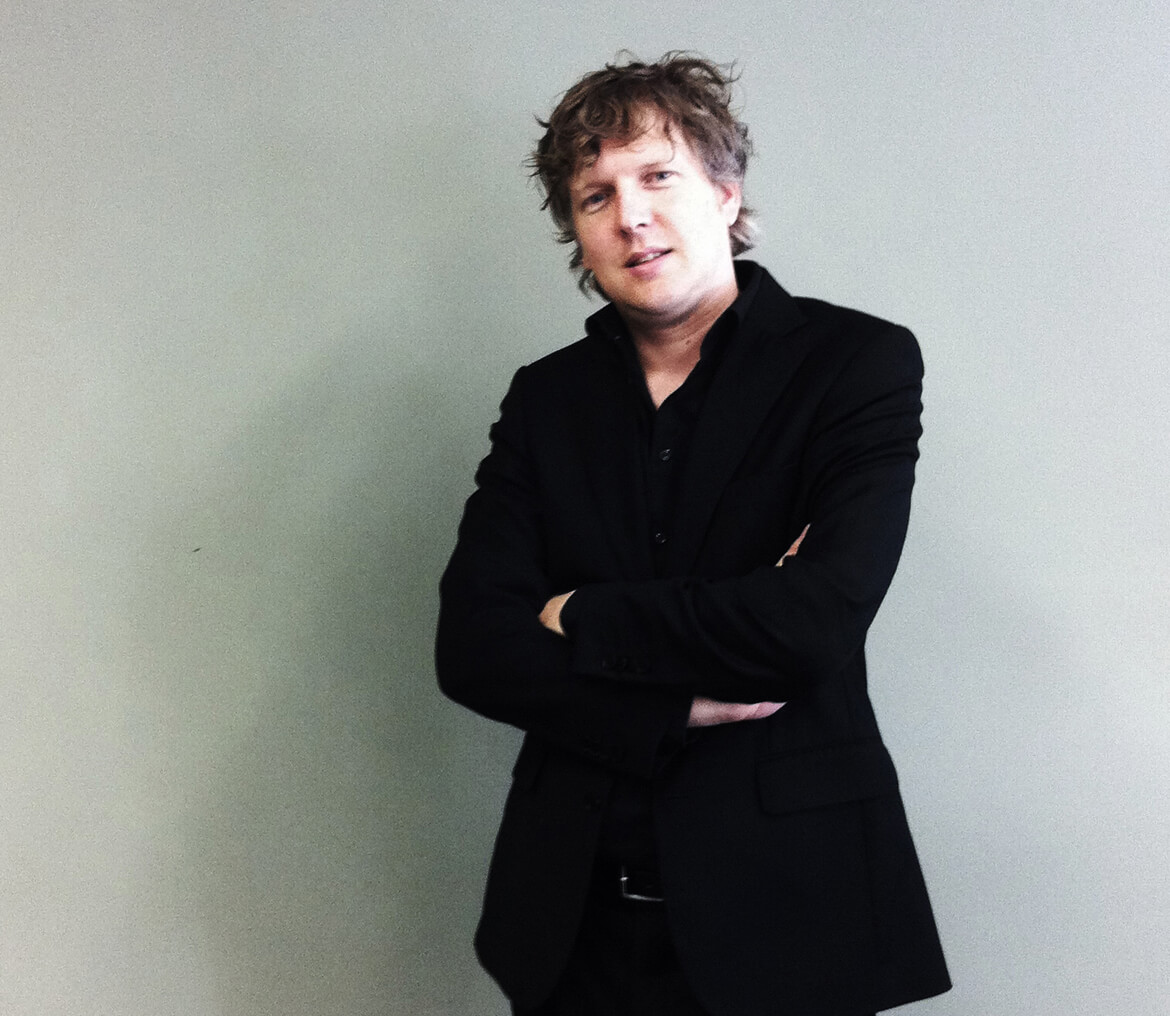
Koen Olthuis speaks at World Architecture Day 2103 in New York on 7th of October.
Meet the man who builds things on water, from slum schools to $14 million villas
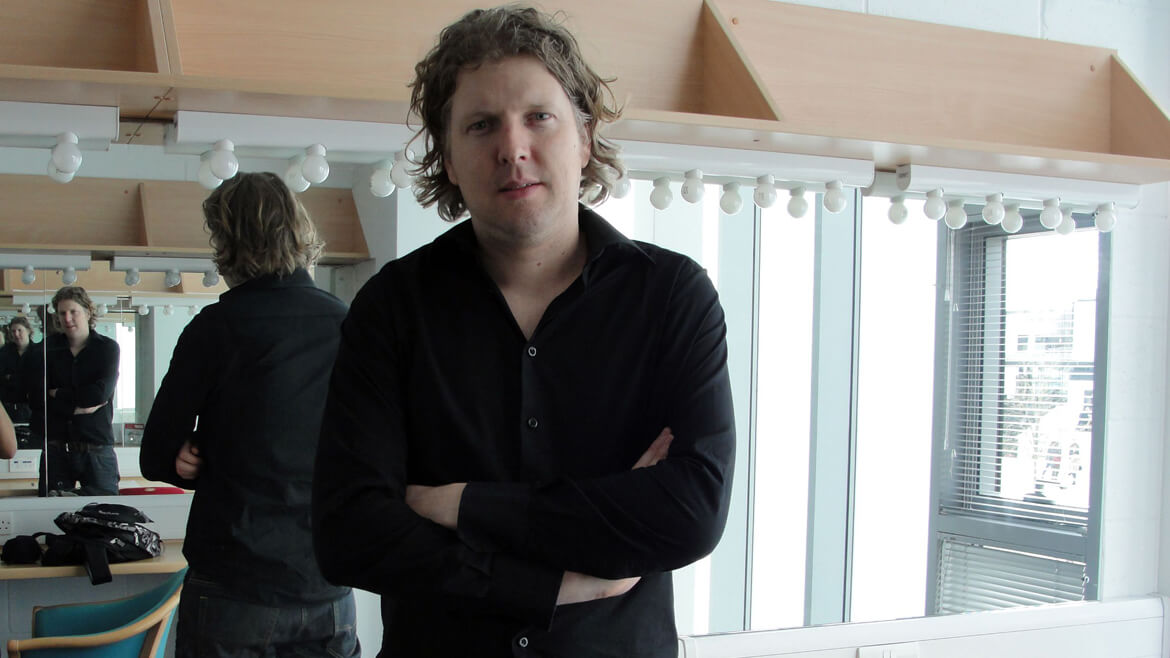
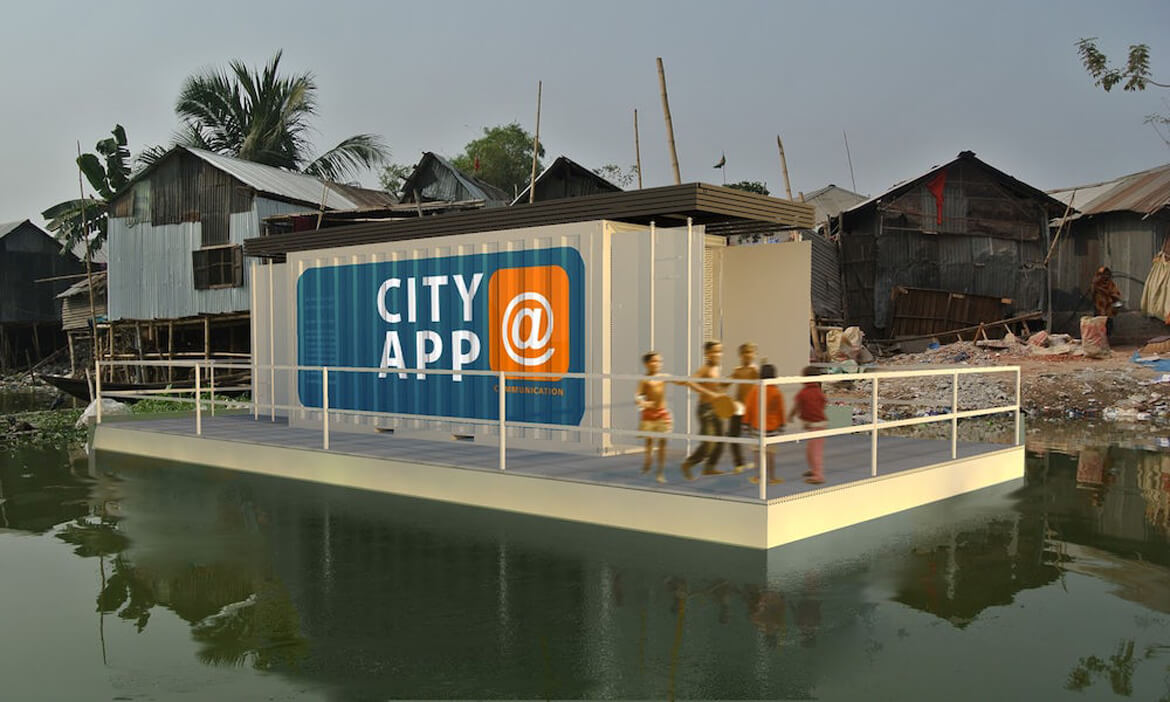
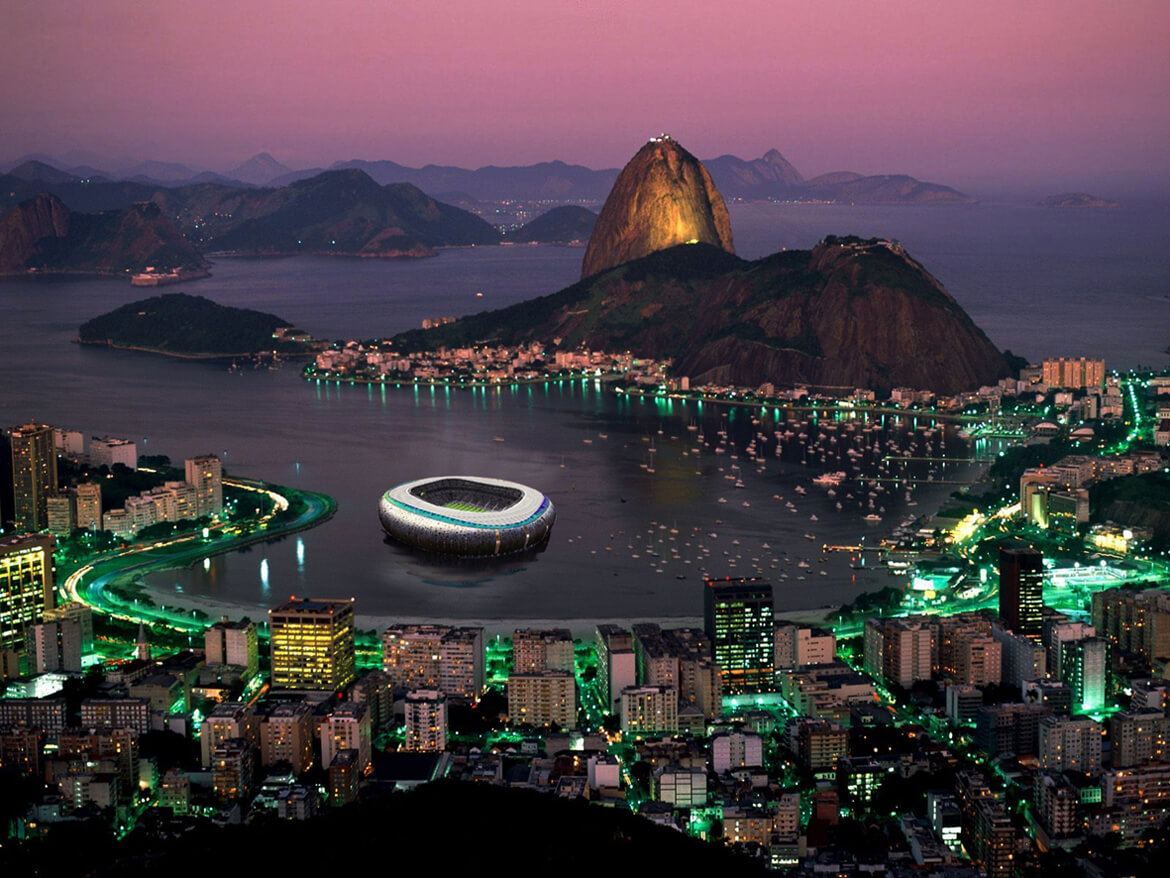
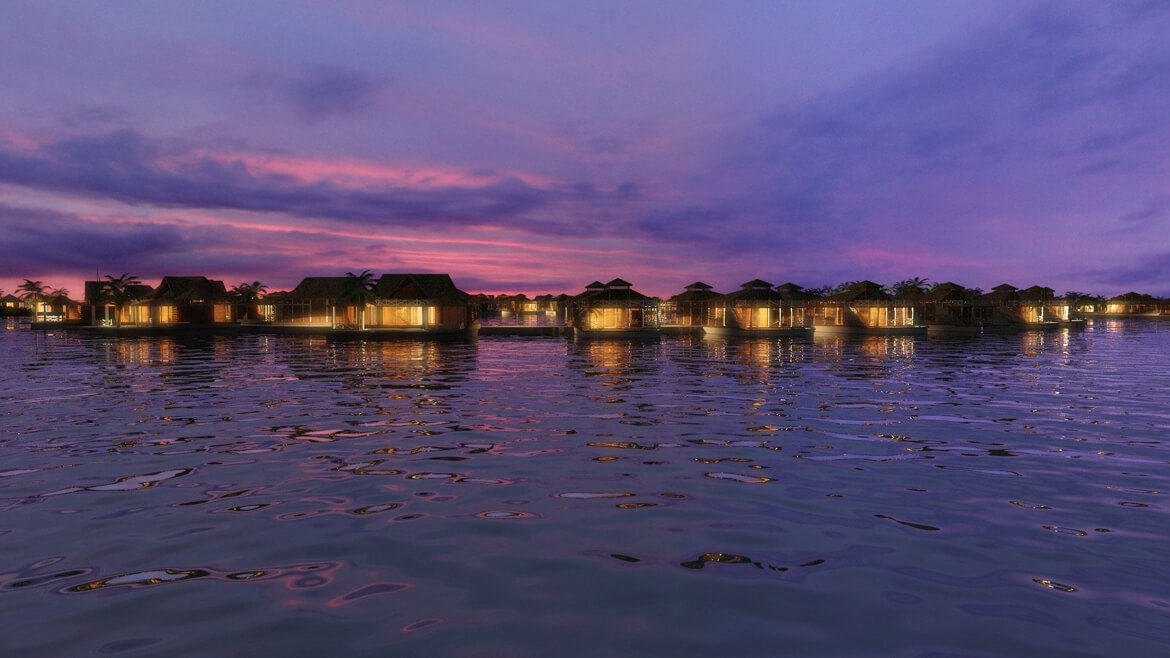
Quartz, Siraj Datoo, Aug 2013
Dutch architect Koen Olthuis specializes in building things that float. His structures, he concedes, use a similar technology to oil rigs. Yet Olthuis’s focus is elsewhere—on combating rising sea levels, floods, and a growing world population. As he outlined in a TEDx Warwick talk last year, the work he’s doing is quite literally putting land where there wasn’t any before.
Olthuis is the founder of architectural firm Waterstudio.NL, and as a native Dutchman, he often cites his own country’s history as inspiration. “In Holland, we have always been fighting against the water… 50% is under sea level,” he said in his talk. Yet he finds this ongoing battle with water “strange”, arguing that it makes the country susceptible to danger. “What if something breaks?” he said in a phone call with Quartz. His solution: “Why don’t we just use the water?”
His projects include designing homes in Holland, schools in slum neighborhoods in Bangladesh, “amphibious houses” in Colombia, a star-shaped conference center, and a 32-island golf course (with, yes, underwater glass tunnels linking the islands) in the Maldives. He’s also looking to sign a contract to design villas in Florida.
How does it work?
There are three main elements here. The floating base:
[It] is the same technology as we use in Holland. It’s made up of concrete caisson, boxes, a shoebox of concrete. We fill them with styrofoam. So you get unsinkable floating foundations.And the bit on top?
The house itself is the same as a normal house, the same material. Then you want to figure out how to get water and electricity and remove sewage and use the same technology as cruise ships.
How it is anchored to the ground?
In Dubai, they just put sand into the water and made artificial islands. Once you put sand into the water, you can’t go back. We can go back after 150 years and there’s no damage to the habitat.
That’s impressive. So what do you do exactly?
[In the Maldives], these houses are connected to a floating boulevard… Those are connected to the sea bed with telescopic piles and as the boulevard rises up from sea level and the house rises up.And all that means that if there’s a rise in the sea level, due to a flood or tsunami, the island will just rise?
Yes.
“We don’t believe in donating money,” he tells me. “It didn’t work in the history [sic] and it won’t work in the future.” When you give money to charity, he argues, you rarely know what impact it has had.
His response to this is the City Apps Foundation. Instead of donating money for food and aid, companies provide financing for “apps”—interchangeable, prefabricated units such as classrooms, social housing, first-aid stations, or even parking lots. Like the apps on a smartphone, they’re designed to be easy to install and launch with the minimum of fuss. After an initial free trial, schools, governments and local municipalities can lease specific “apps” for a monthly fee. The fees yield a return for the investors, and when the apps are no longer needed they can simply be packed away and assembled in another city. The foundation has raised funding from a number of Dutch companies, and Olthuis and his company provide the technology.
The foundation’s first major project is a school in a slum in Dhaka. Olthuis says that slums have specific problems that appeal to him—in particular their instability. At any moment “the government can say that we’ll take the slums out or landlords might kick them out,” so slum-dwellers tend not to invest in their communities.
City Apps gives power to these neighborhoods, Olthuis argues, especially because they are often situated on the edge of water. In Dhaka, the school app will be a white container that stands out from the rest of the slum to create what Olthuis, perhaps inadvisedly, calls a “shock and awe effect”. The schools will contain iPads for use by the students, and women will use the space for evening classes. Within 12 weeks, the schools will have been built, transported to Dhaka, assembled and ready to use. If the community is forced to move, the school can move too with relative ease.
Olthuis says there are two ways that the City Apps foundation is a better system for investors:
It provides accountability. Cameras inside the containers will allow investors in the project to show off the fruits of their social spending to clients or shareholders in real time.
Although the initial school app will be free, slum-dwellers will have to pay to lease extra apps, such as what Olthuis calls “functions” for sanitation (this could be anything from a toilet to a fully-fledged bathroom) — or even just the ability to print. If the slum no longer wants a specific “function”, it can be easily taken away and used elsewhere. Investors get money if more “apps” are leased
“[It’s] stupid that each [sic] four years, we build complete neighborhoods and then they leave it there.” And it kind of is. The British government spent almost £2 billion ($3.1 billion) on venues alone for the Olympics and Paralympics village for London’s 2012 games. Instead, Olthuis suggests, Olympic cities should lease floating stadiums and property. This could be assembled in advance of the games and packed away afterwards, and would be far cheaper than creating new stadiums and neighborhoods every four years. While it would certainly remove some of the sparkle around the event, it would cut a good deal of waste. In Britain, talk of how the OIympic venues could be used after the games has already faded away.
Work on the “ocean flower”, part of a project that will see 185 new floating villas, has already begun and the first villa will be inhabitable as soon as December this year. Americans, Chinese, Russians and even hotel operators have already forked out the $1 million cost per villa.
Olthuis has a contract with for 42 amillarah islands (private villas in the Maldivian language). These will be 2,500 sq. meters (26,910 sq. feet), and, at $12 million-$14 million, for the “stupidly rich”, Olthuis lets slip.
You can take a speedboat-taxi from the airport in 15 minutes or a three-person “U-boat” submarine will get you there in 40. (Russian president Vladimir Putin was seen modelling the five-person version.) Alternatively, spend three weeks learning how to maneuver a U-boat and a license is yours.
What if there was a hotel-cum-conference center in the middle of the ocean? Construction on this complex will begin towards the beginning of 2014 and with it come some interesting innovations. While a starfish has five “legs”, Olthuis’s company will build six. This means that if a section needs to be renovated, they could replace one leg with the spare (kept at the harbor) within three days instead of having to cordon off the area for months.
In his TEDx Warwick talk, Olthuis jokes that even if you’re on honeymoon in the Maldives, after a few days of glorious swimming, you kind of just want to play golf. And while the golf course might not be swarming with newly-weds, it might attract a new set of tourists from Russia and China.
Even if you’re not much of a golfer, it’s likely you’ll make a trip just to walk in the underground tunnels between the islands. And yes, the tunnel will be transparent.
Colombia has three big flood zones and every time there’s a flood, local municipalities have to pay a lot of money in compensation, according to Olthuis. To combat this, the local government has signed up Waterstudio.NL to build 1500 “amphibian” houses with a floating foundation.
So while the above photo depicts a floating house in a dry season, the house will simply rise in a wet season. While it’s a fairly simple concept, it has radical implications.
Olthuis’s biggest impact so far has been in Holland, where a number of water villas have already been completed. With over 50% of the country below sea level, this provided the perfect playground for his concepts to become a reality
City apps
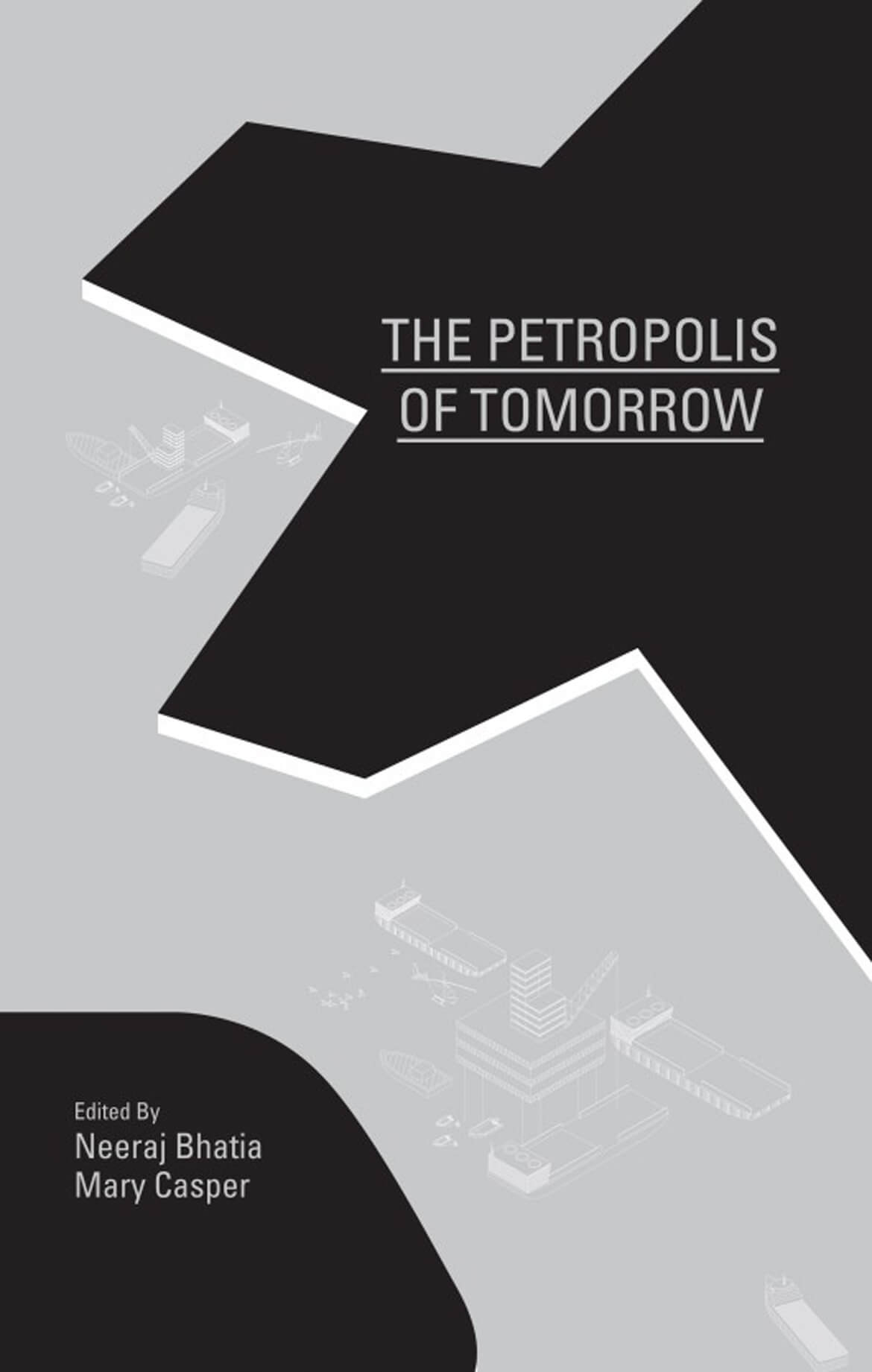
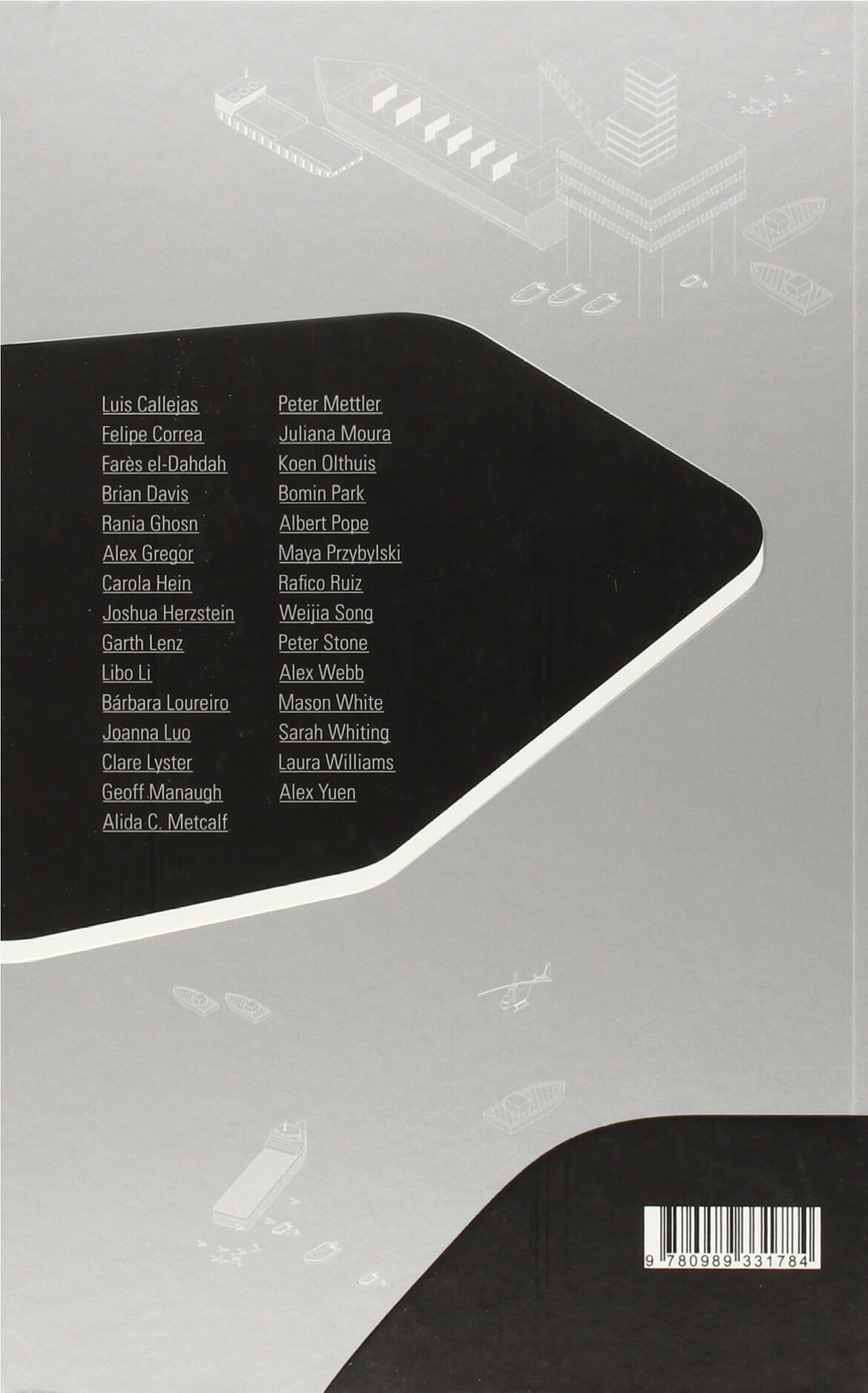
The petropolis of tomorrow, Neeraj Bhatia & Mary Casper, 2013
In recent years, Brazil has discovered vast quantities of petroleum deep within its territorial waters, inciting the construction of a series of cities along its coast and in the ocean. We could term these developments as Petropolises, or cities formed from resource extraction. The Petropolis of Tomorrow is a design and research project, originally undertaken at Rice University that examines the relationship between resource extraction and urban development in order to extract new templates for sustainable urbanism. Organized into three sections: Archipelago Urbanism, Harvesting Urbanism, and Logistical Urbanism, which consist of theoretical, technical, and photo articles as well as design proposals, The Petropolis of Tomorrow elucidates not only a vision for water-based urbanism of the floating frontier city, it also speculates on new methodologies for integrating infrastructure, landscape, urbanism and architecture within the larger spheres of economics, politics, and culture that implicate these disciplines.
Articles by: Neeraj Bhatia, Luis Callejas, Mary Casper, Felipe Correa, Brian Davis, Farès el-Dahdah, Rania Ghosn, Carola Hein, Bárbara Loureiro, Clare Lyster, Geoff Manaugh, Alida C. Metcalf, Juliana Moura, Koen Olthuis, Albert Pope, Maya Przybylski, Rafico Ruiz, Mason White, Sarah Whiting
Photo Essays by: Garth Lenz, Peter Mettler + Eamon Mac Mahon, Alex Webb
Research/ Design Team: Alex Gregor, Joshua Herzstein, Libo Li, Joanna Luo, Bomin Park, Weijia Song, Peter Stone, Laura Williams, Alex Yuen
Co-published with Architecture at Rice, Vol. 47


